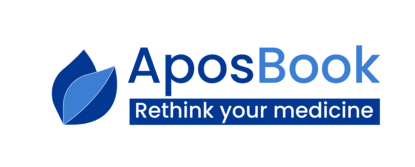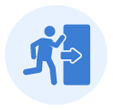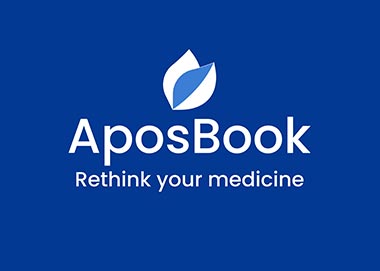PUBLISHED BY: Zahid
CREATED/VALIDATED BY: Janardan Panday
LAST UPDATED ON: Jan 08, 2016
Introduction
Chittodvege(Anxiety) is a psychological and physiological state characterized by cognitive, somatic,emotional and behavioural components. Anxiety is often accompanied by physical sensations such as palpitations, nausea, chest pain, shortness of breath, diarrhaea, chills, dryness of mouth, abdominal pain and headache. Somatic signs of anxiety may include pale skin,sweating, trembling and pupillary dilatation.
Ageing and anxiety is not mutually exclusive, anxiety is as common in the elderly as in the young, although how and when it appears is distinctly different in older adults.
Generalized anxiety disorder is one of the most prevalent anxiety disorders in older persons.Ageing brings with it a higher prevalence of certain medical conditions as a result. In the older people differentiating a medical condition (dementia, depression, fears) from physical symptoms of an anxiety disorder is more complicated. It comes under m!nasa roga in Ayurveda.
Aetiology
The following factors are believed to play an important role in the occurrence of this disease.
1. Genetics and hereditary: Anxiety neurosis tends to run in families.
2. Hormonal/ biochemical imbalance: Imbalance of serotonin and dopamine.
3. Personality type: Certain types of personalities are more prone to anxiety
development e.g. people who have low self esteem and poor coping skills.
4. Social factors: Those who are exposed to abuse, violence and poverty are more prone to this type of disorders.
5. Medical causes: Endocrine and cardio pulmonary disorders
6. Drugs and other substances: amphetamine, transquillsers, steroids etc.
Risk factors
1. Female gender
2. Low resources to cope up with the daily demands.
Pathogenesis
Sympathetic nervous system may always be poised to react, a crisis pulling in a state of constant tension. Various factors may cause over reaction of sympathetic nervous system resulting in anxiety.
Clinical features
1. Palpitation
2. Breathlessness and nervousness
3. Chest pain
4. Trembling
5. Dizziness and fainting
6. Insomnia
7. Anorexia
8. Headache
9. Parasthesia and weakness
10. Fatigue
Investigations
1. Hamilton anxiety rating scale
2. Anxiety disorder interview schedule
3. ECG.
Differential Diagnosis
1. Post traumatic stress disorders
2. Phobias
3. Social anxiety disorders
4. Alcoholism
5. Thyrotoxicosis
6. Hypoglycemia
Management approaches
a. Prevention
1. Use of madhura rasa (sweet in taste) pradh!na Ahara and Buffalo milk
2. Follow sadvritta (Mental hygiene)
3. Practice of yoga and meditation
4. Avoid the causative factors
5. Avoid incompatible food articles
6. Avoid excessive consumption of coffee, tea, soft drinks, hot spicy food, alcohol and smoking
7. Avoid stressful conditions
b. Medical management
Line of treatment
1. Nidana parivarjana (avoidance of aetiological factors) - Manage the disease conditions like endocrine and cardio-pulmonary disorder. Social factors like abuse, violence etc. and certain medications like tranquillizers and steroid should be avoided.
2. Panchakarma therapies followed by Samana chikitsa (Palliative therapy) should be advocated.
i. Abhyanga (body Massage)
ii. Snehap!na (Internal oleation) – Mahakalyanaka ghrita 30 -50 ml for 3-7 days
iii. Shiroabhyanga (head massage) with medicated liquids/oils
iv. Shiro vasti with medicated oils (Candanadi taila/ Himas!gara taila) daily 45 minutes for 7 days
v. Shirodhara with medicated liquid (milk, butter milk, water) / oils (Candanadi taila/Himas!gara taila) daily 45-90 minutes for 7 days. Duration of the process depends upon nature of the illness and physical condition of the patient.
vi. Pichu with Ksheerabala taila
vii. Takra dhara daily 45 minutes for 14 days
viii. Nasya karma (Nasal administration of medicaments) with Brahmi svarasa 5 drops/ nostril/ day for 7 days
ix. Shirolepa with Brahmi (Bacopa monnieri Linn.) leaf kalka











